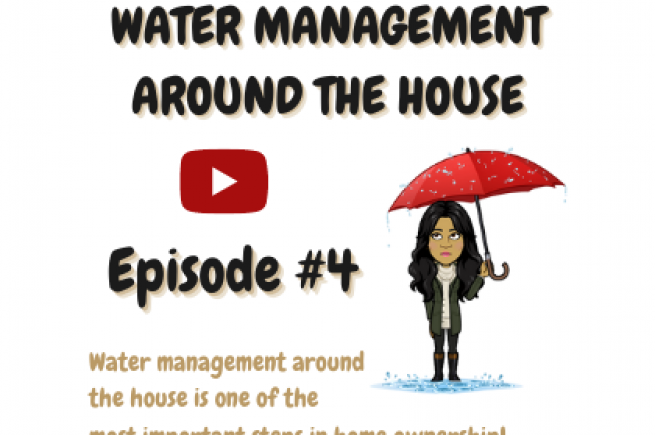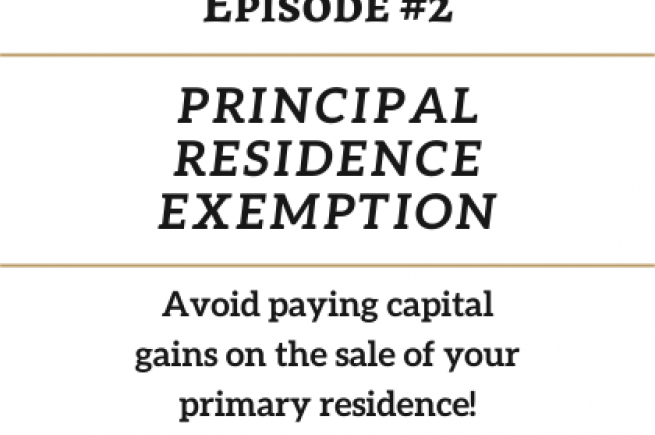When buyers are looking for their dream home, they hardly think about the insurance part. The reality is that there are some house features that increase the monthly premiums and therefore increase the monthly costs. Some of the costliest items are the old home elements that haven’t been upgraded: oil-based heating, wooden stoves, knob and tube wiring, aluminum wiring etc. Some insurers will not insure you at all, some will require an inspection, and some will classify you as high-risk. So, let’s dive into the house features that increase your insurance premiums:
Expensive items
Jewellery, art, musical instruments, wine collections, high-end watches, sporting equipment and bicycles lead to extra premiums, or “riders,” for coverage. These items would be part of content liability and higher the coverage, higher the premiums. It is advisable to save the receipts for all the expensive items as proof of purchase and replacement cost in case there is an insurance claim.
Swimming pools
Pools obviously represent higher liability because of the potential for drowning of house members as well as visitors, especially if the family has small children. A pool increases the estimated cost to rebuild your home by about six per cent which will drive the classification of a home into a higher building limit while adding about extra dollars a year in personal and premises liability premiums.
Wood stove fireplace
Wood stoves are a source of fire and smoke damage and most insurers don’t even insure them anymore and if an insurer does insure, they will likely look for additional premiums and/or require a home inspection first. So, if you are buying a home with wood stove fireplace, check with your insurance broker as to what is required in order to insure the fireplace.
Oil-based heating
You’ll have trouble getting insurance if you still have an oil-based heating system since these result in environmental hazards and can cause fire. Insurers prefer electric heat, forced-air gas furnaces or radiator heating systems over oil based heating. The reason for that is you are storing up to 300 gallons of oil at the house either in the house or outside the house in a oil storage tank, definitely not a comfortable thought. I actually did a real estate transaction with an oil furnace recently and we had to ask the seller to replace the oil tank as the oil tank was too old and out of insurable parameters. Depending on whether the oil tank is inside or outside and depending on the insurer, the oil tank cannot be older than 10 to 15 years old. There are lot of other criteria that must be met, so check with your insurance broker before finalizing the deal for a house with oil based heating.
Business property
If you have business property/assets that you keep at home, the insurance premiums would definitely be higher. This would again fall under content insurance and the content coverage amount would likely need to be higher to cover the business property and assets. And as always, keep proof of purchase for expensive items in case of an insurance claim.
Home being a part of your business
Home businesses such as Bed and breakfasts, daycares etc. increase traffic to your home and therefore increase liability. Increased liability equals to higher premiums. Also, if your house is rented out, you will likely have to get landlord insurance which tends to be more expensive then general home insurance, likely because tenants are less careful with your property which inherently may lead to more insurance claims.
Aluminum wiring
A type of wiring used in houses up to 1970, insurers don’t like it because of its potential to overheat and cause fires. Policies for houses with aluminum wiring will be either more expensive or harder to get.
Knob and tube wiring
This is very old wiring – not well-suited to today’s high energy consumption levels. This type of wiring requires connectors that use knobs to keep the wires isolated and insulated tubes guide wires through walls. Most insurers won’t insure a house that is 100% knob and tube. You’ll either have to get the house rewired or pay an additional premium if the insurer does insure it.
Galvanized or lead pipes
Galvanized or lead pipes are older style of plumbing which are more prone to corroding, resulting in increased risk for leaks, flooding and overall negative impact on water pressure and water quality. Insurers prefer modern plastic plumbing PVC/ABS or copper pipes.
Roof type
Wood shake or shingle roofing can push insurance up to over 10 per cent in some cases, if the home is in an area prone to hail or wind. Further, If your home’s roof is nearing (or has passed) the end of its expected useful life, you may pay as much as 10 per cent more on your home insurance. Stone or metal roofs are the best options to reduce insurance costs because they are more durable, however not very common in Canada.
Building frame
Wood frame constructions, dominant in Canada for residential homes, increase the risk of fire spreading and therefore result in higher premiums. Insurers like concrete or brick homes, however not very common in Canada.
Finished Basements
Finished basements drive up cost of premiums because of potential damage if a pipe bursts, sewage backs up or flooding etc. In that event, the insurer will have to reimburse the cost of finished basement which is lot more than an unfinished basement. A finished basement can lead to approximately 20 per cent more in insurance payments, due to potential for higher damage and replacement in case something happens.
Garden and Trees
In most cases you will have to pay extra if you want your garden and landscaping insured. Landscaping is expensive and if you have a crazy garden, you will likely pay higher insurance premiums for that.
I hope you found this information helpful! Leave a comment if you have further questions.




